50 years on, photos show the 19-day Arab-Israeli War that changed the course of history
Fifty years and one day since the beginning of the 19-day-long Arab-Israeli War of 1973, Israel faces conflict once again.
The war began on the Jewish holy day of Yom Kippur and on the 10th day of the Islamic holy month of Ramadan.
It was a culmination of three prior conflicts between Israel and Arab countries in 1949, 1956, and 1967.
The 1973 Arab-Israeli War — also often referred to as the Yom Kippur War, the October War, or the Ramadan War — began as a concerted attack by Egypt and Syria on Israel on October 6, 1973.
The attack was a two-pronged approach by the two Arab nations to take back the lost territories in the Sinai Peninsula and Golan Heights, both of which had been captured and occupied by Israel six years earlier during the Six-Day War of 1967.
In total, the conflict lasted 19 days before ending due to a UN-backed ceasefire. During the course of those three weeks, Israel suffered thousands of casualties, Syria lost considerable land, Egypt inched closer to peace talks, and the United States and the Soviet Union headed toward potential nuclear conflict.
On October 6, 1973, Syria and Egypt conducted a coordinated attack on Israel on the holy day of Yom Kippur.
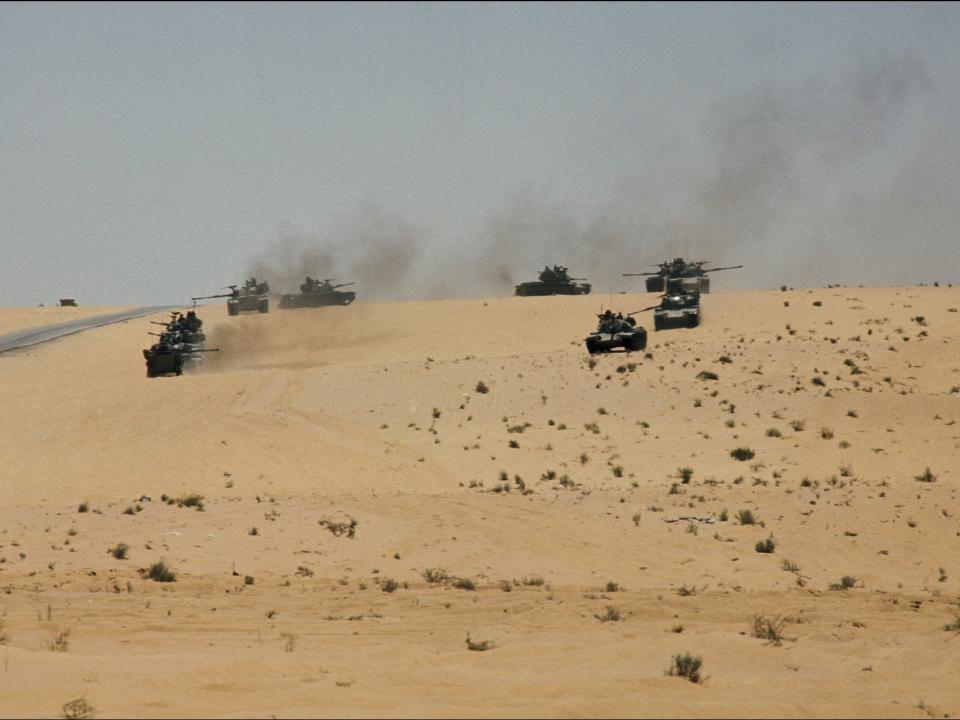
Six years prior, during the Six-Day War between Israel and a coalition of Arab states, Israel had occupied control of territories, including part of Golan Heights, which had been captured from Syria, and Sinai Peninsula, which was captured from Egypt.
After a series of failed attempts at peace treaties and looking to rectify the losses of the Six-Day War, then-President of Egypt Anwar Sadat and then-President of Syria Hafez al-Assad came together and began planning their attack.
Egypt attacked from the south, crossing the Suez Canal into Israeli territory.
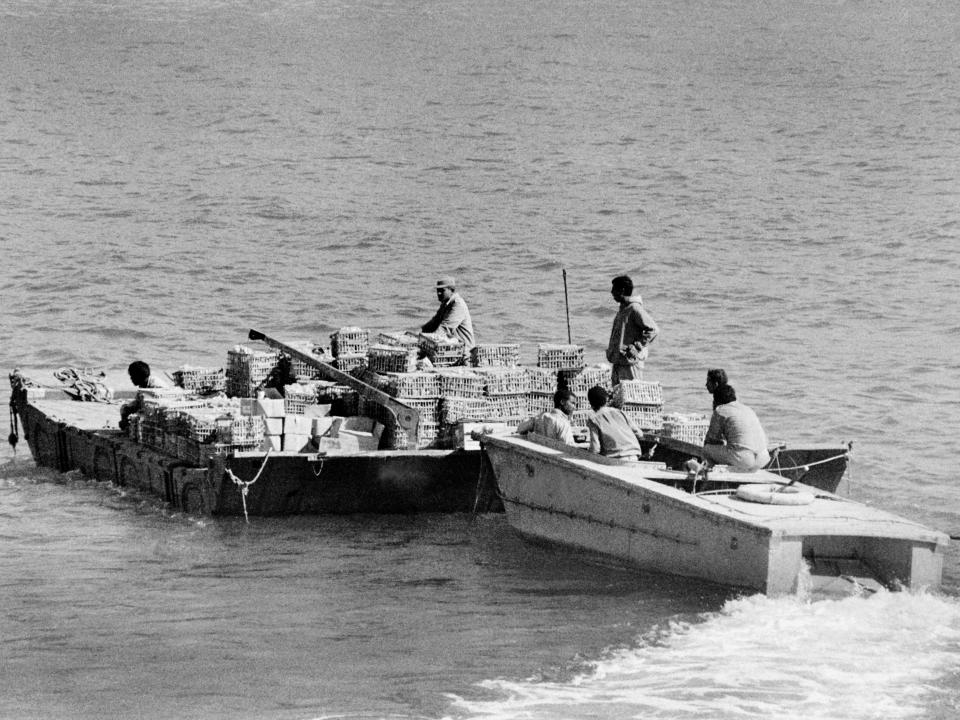
The Syrians attacked from the north, aiming to retake the Golan Heights region.
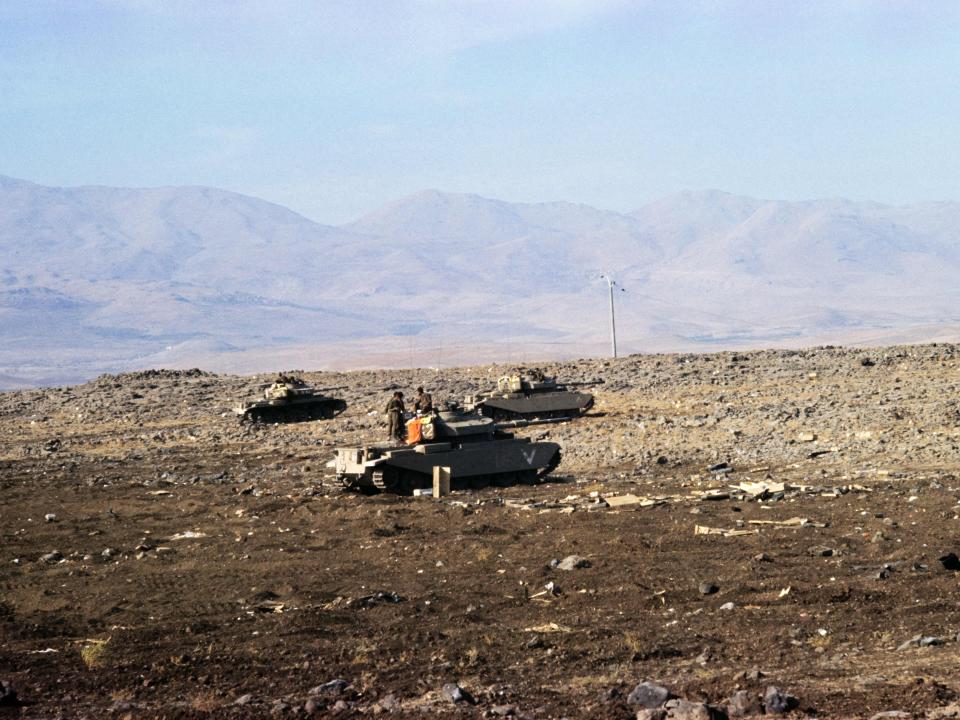
They chose to attack on Yom Kippur as there were no radio or television broadcasts in Israel in observation of the holy day.
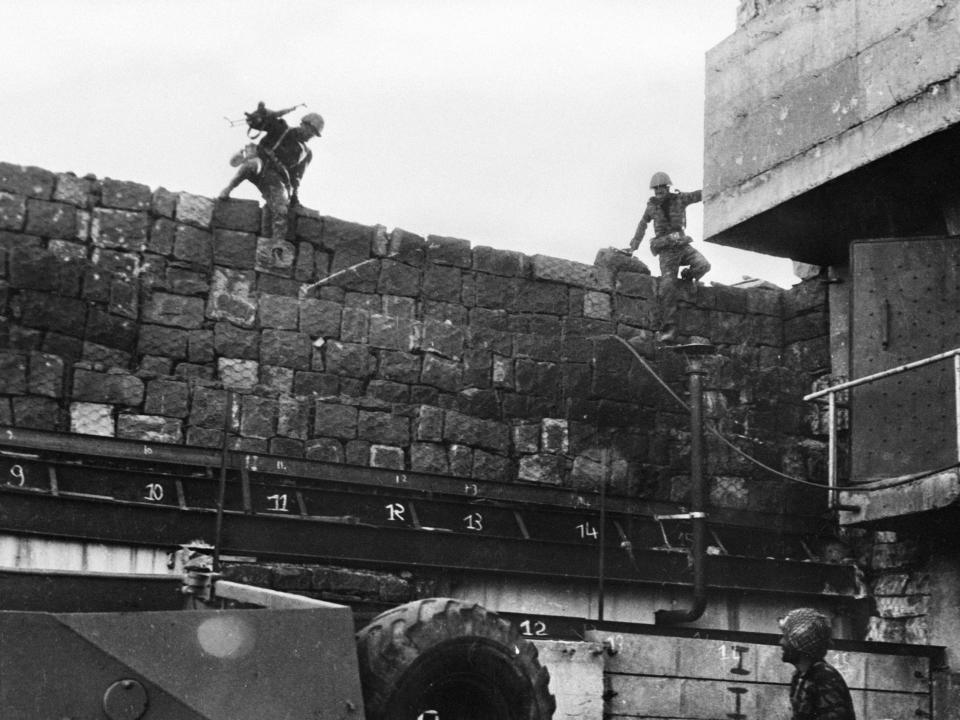
The attack also took place on the 10th day of the Islamic holy month of Ramadan. As Boaz Atzili, a professor at American University, explained, Israeli officials may have also believed an attack from Arab forces during Ramadan to be unlikely.
While the Israeli Defense Force had small reserve armies in this area whose jobs were to hold off initial attacks until the IDF reserve forces were able to reach the front lines, the lack of media coverage and phone communication during Yom Kippur may have made Israeli mobilization slower.
The attack also came as a surprise to the rest of the world. Later, then-President Richard Nixon said, "As recently as the day before, the CIA had reported that war in the Middle East was unlikely."
The US, a staunch supporter of Israel during the conflict, helped Israel regain lost ground via drops of military supplies.
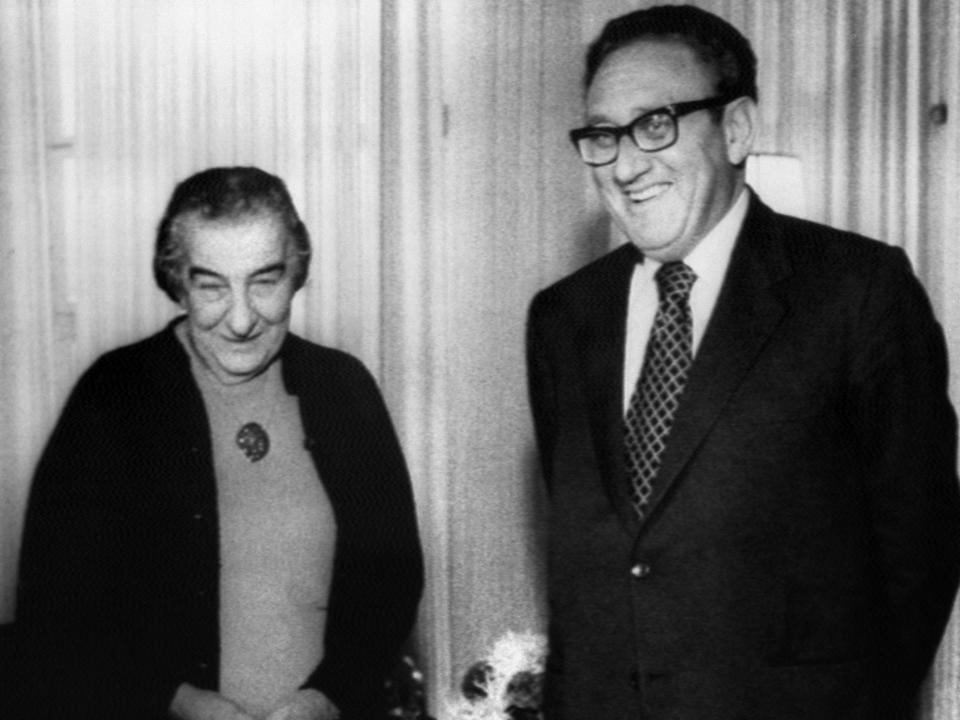
Operation Nickel Grass was a major airlift of military supplies and equipment to Israel, which played a crucial role in enabling Israel to regain momentum.
On the other side, the Soviet Union supported Egypt and Syria by providing arms, advisors, and diplomatic support.
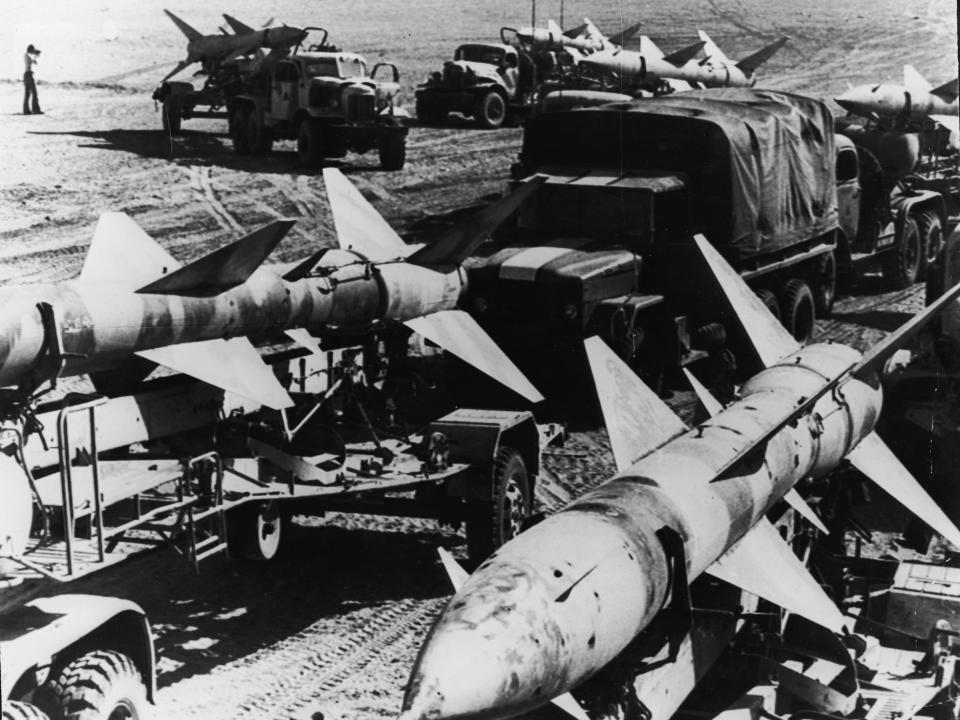
The opposing support of the Soviet Union and the United States pitted the two against each other and put them on the brink of conflict for the first time since Cuban Missile Crisis in 1962.
Ten days after the war began, the fighting came to a stalemate as Israel penetrated Syrian and Egyptian defenses, turning the tide of the war.
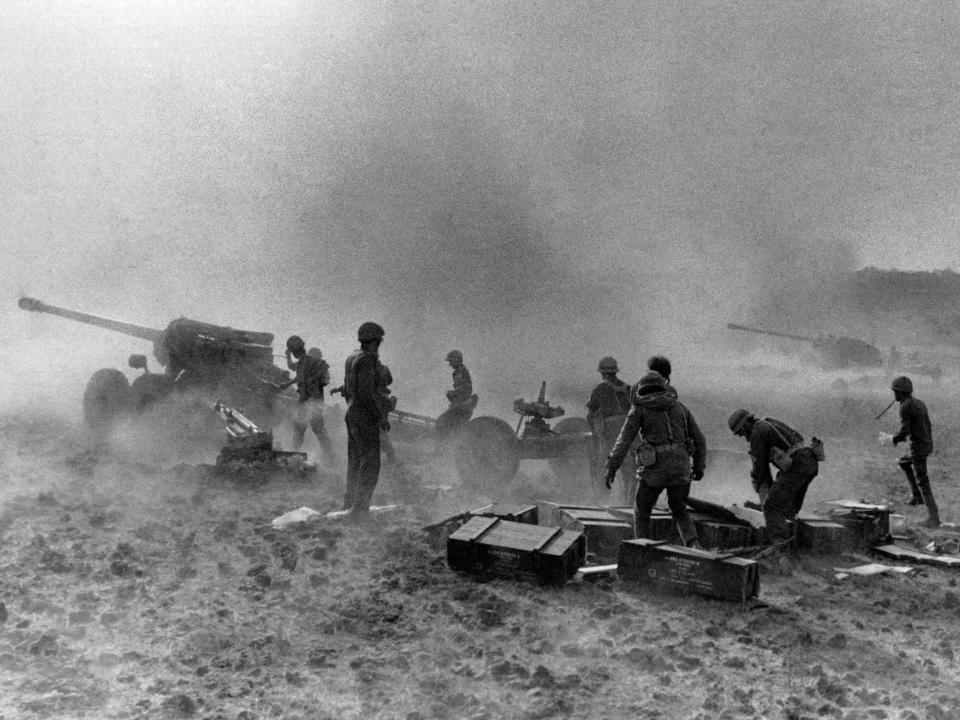
After three weeks of fighting and severe casualties on both sides, the UN passed a cooperative ceasefire resolution on October 25, 1973.
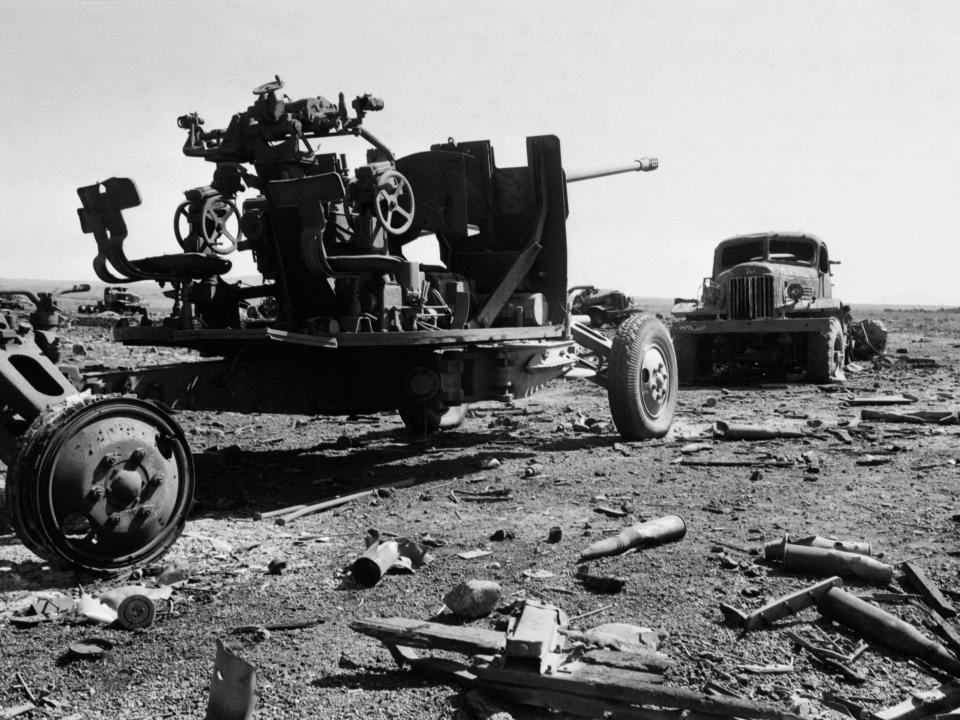
In total around 2,500 Israelis were killed during the Yom Kippur war, more than twice the number killed in the Six-Day War.
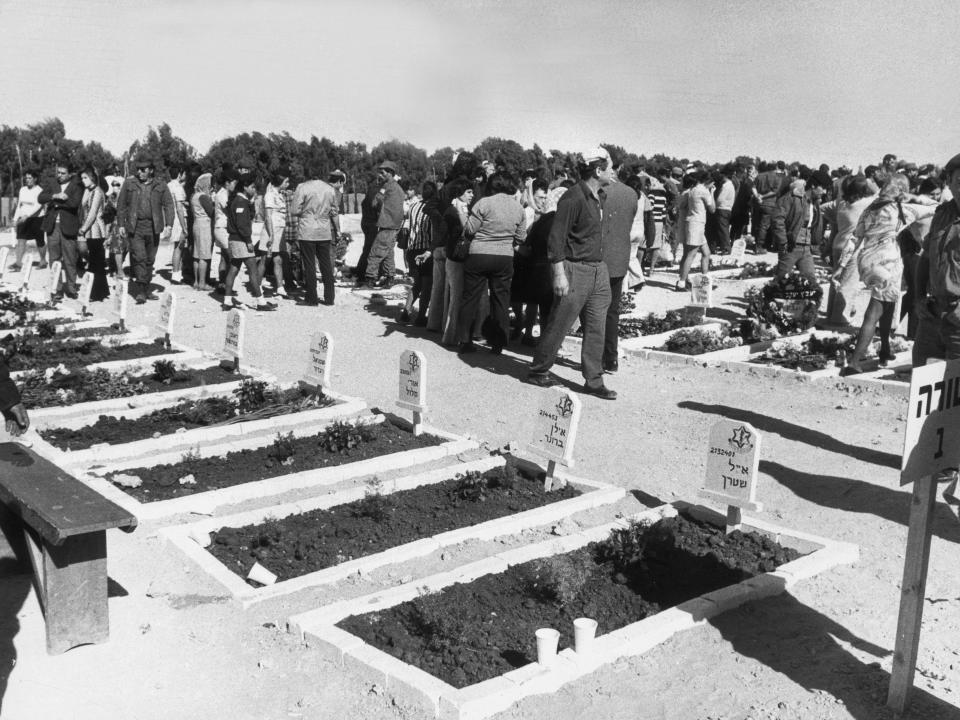
Israel lost an average of 115 lives for each day of fighting. Egypt reportedly lost 7,700, while Syria lost around 3,500 people.
For Israel, after a swift and efficient victory in 1967, the casualties faced during the Yom Kippur conflict pointed to their vulnerabilities.
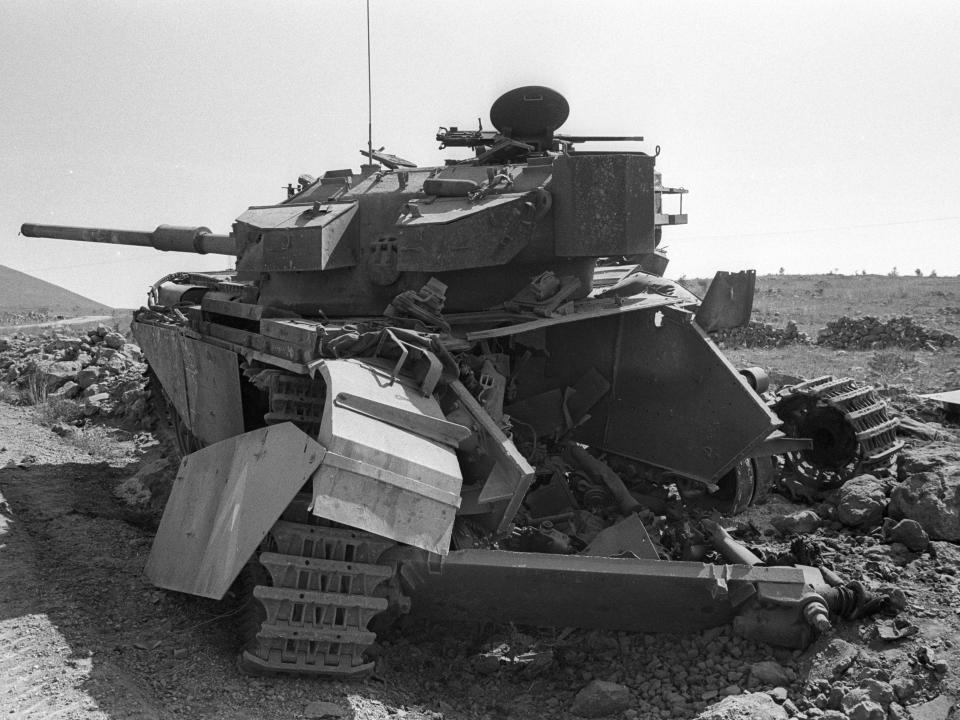
The war was disastrous for Syria, which ended up losing more of the Golan Heights territory to Israel.
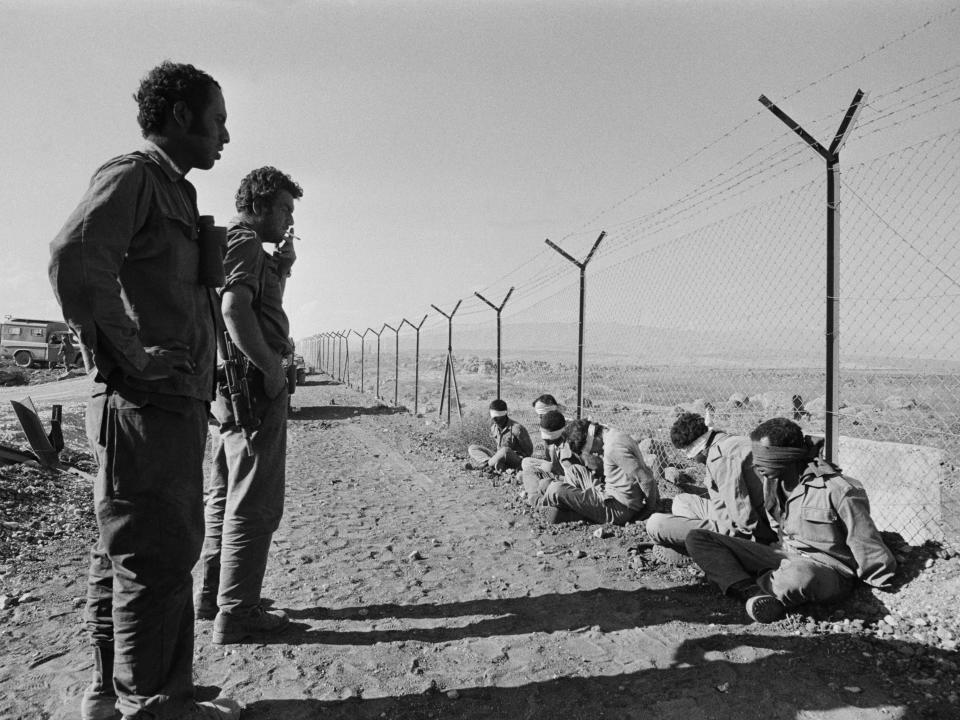
In turn, Syria was one of the countries that voted Egypt out of the Arab League in 1979.
Although Egypt suffered military defeat, they were able to negotiate a peace agreement and regain portions of the Sinai Peninsula.
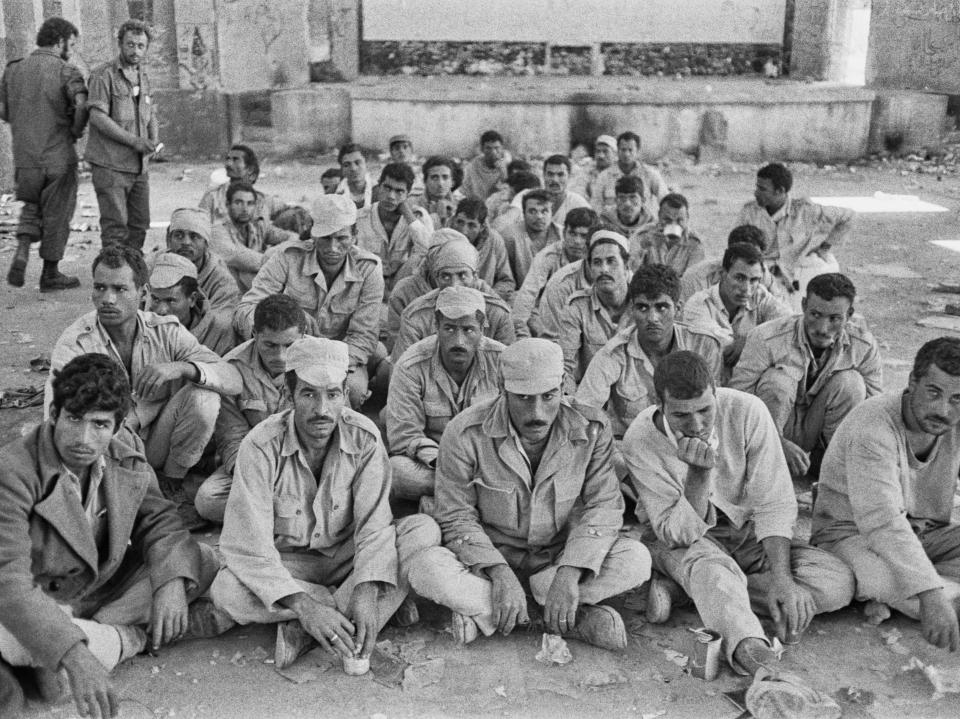
Five years after the war, Egypt and Israel signed the Camp David Accords on September 17, 1978.
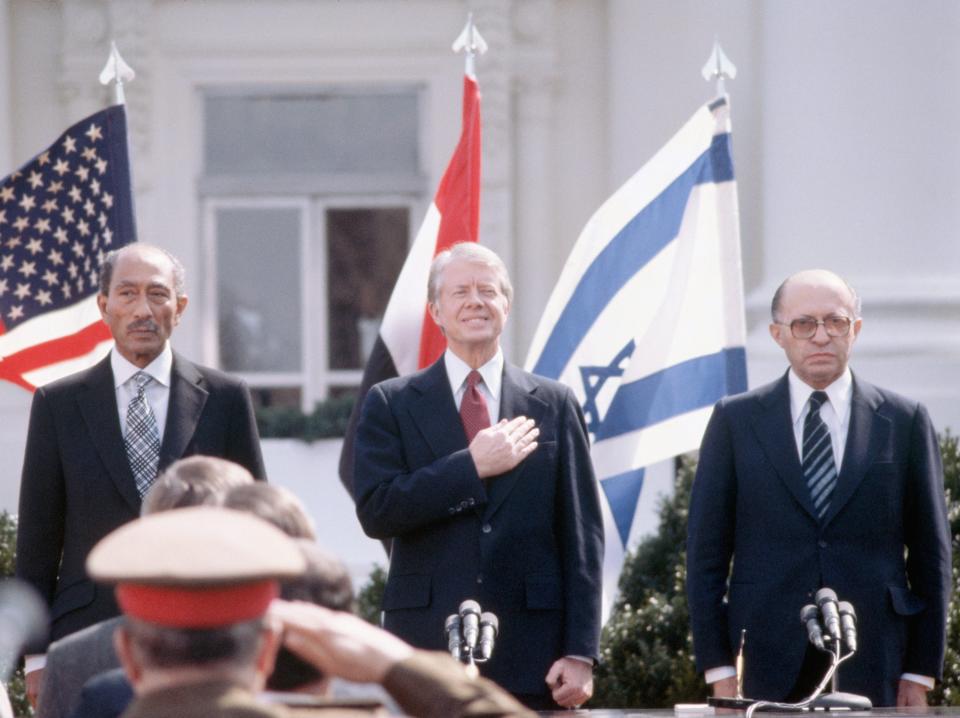
The accords paved the way for an Egyptian-Israeli peace treaty, and in 1982 Israel fulfilled the peace treaty and returned the last segment of the Sinai Peninsula to Egypt.
Read the original article on Business Insider

